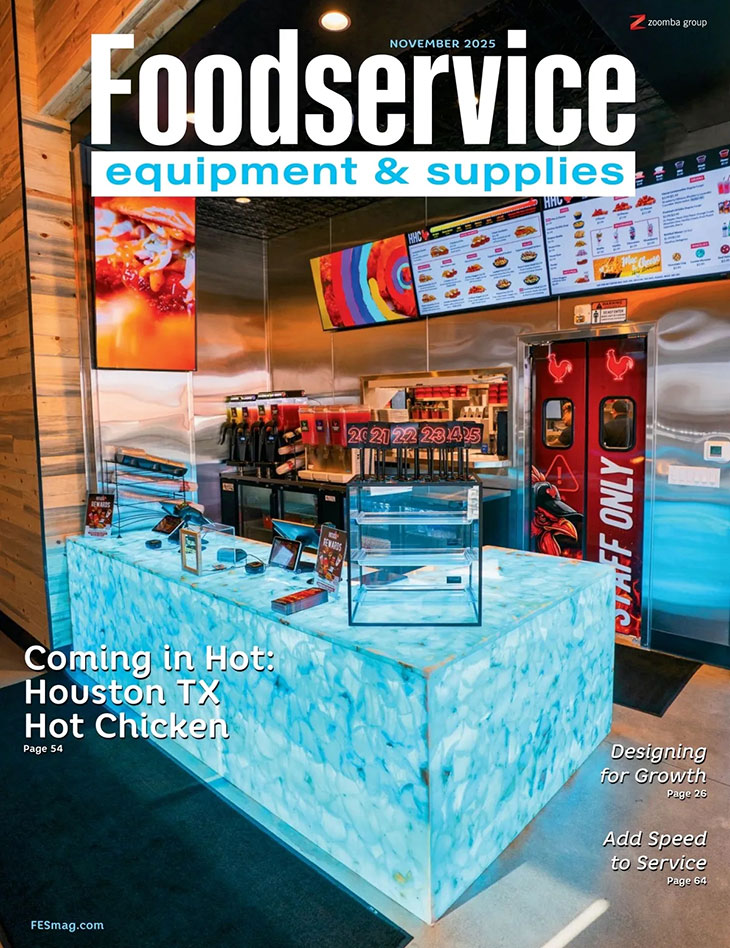As COVID-19 continues to spread in this country and dining rooms operate at reduced capacity, restaurants (and other foodservice operations) keep having to make sweeping changes, not only to their businesses but also to their vision and mission.
COVID-19 took a massive toll on the restaurant industry, forcing many restaurants across the country to close temporarily or permanently, but the Checkers & Rally’s drive-thru model set the brand up to weather the storm. Our executive team made early and strategic pivots under new CEO Frances Allen, which have led the brand to not only thrive through the pandemic but continue growing.
"Over the next year, the company plans to reinvest in our existing restaurant portfolio.”
The shutdown of indoor dining due to coronavirus favored quick-service restaurants, but that did not mean full-service concepts sat idly by.
"We’ve gone from using disposable dishware to serving delivered foods on china.”
Field Service Technician, Commercial Parts and Service
Dramatic changes in K-12 school foodservice have meant an abrupt halt to traditional service models, as well as disrupting evolving programs such as scratch cooking.
Throughout my life, I have always been close to my father. As a kid, if he was building shelves in the basement, I was with him. My father was the best man in my wedding more than 27 years ago. Based on this relationship, when the chance came to join the manufacturers’ representative firm that he and his partner Jack Kappus founded — SESCO — I jumped at it.
Early in the COVID-19 pandemic, when many foodservice operations were deserted — 95% of our 7,000 local employees at the Jacksonville, Fla., campus all worked from home — there was still work for us at Florida Blue.
For those of you who were able to tune in to our FED Lunch & Learn series on Tuesdays in October, you no doubt garnered a slew of great takeaways from our array of esteemed presenters and panelists. Their ideas about the transformative nature of the time we find ourselves in and the changes we are likely to see next in the world of foodservice equipment and design were both thought provoking and timely.
“We’re doing a cost analysis to decide if we need a preventive maintenance program and making extending equipment life a priority.”
On the surface, for-profit foodservice may seem to have little in common with correctional foodservice. In reality, though, the two segments face many of the same challenges, such as budget and labor issues.
The present is always a good time to have a discussion about the restaurant of the future.
Restaurants are not alone facing enormous COVID-19-related challenges as they strive to serve their communities.
To call 2020 a challenging year is a bit like calling World War II a serious misunderstanding. It would be difficult to overstate the impact of this year on all of our lives. At this point in the pandemic, given its pervasive global reach, there are very few of us who do not, at the very least, know someone who has been directly affected by COVID-19. For anyone who operates a business, works for a living, has children, parents, grandparents, siblings, co-workers or friends to worry about — I think that about covers all of us, right? — this has been a year we will never forget and one that we would surely like to.
There are many versions of the old adage “When one door closes, find a window,” all with the same meaning.
The past seven months have been a challenge, especially for full-service restaurants like Huddle House, which have been the hardest hit. Our sales and profit declines were crippling.
The foodservice equipment industry has done a good job of adding technology to specific pieces of equipment. But the industry has not done as good a job of using technology to improve business operations.
Through the years there has always been something very transactional and predictable about a restaurant. Perhaps not anymore.
There’s no denying that the COVID-19 pandemic has impacted nearly every facet of foodservice. Trends like delivery and ghost kitchens, which were already on the rise, accelerated in response to dining room closures across the country.



